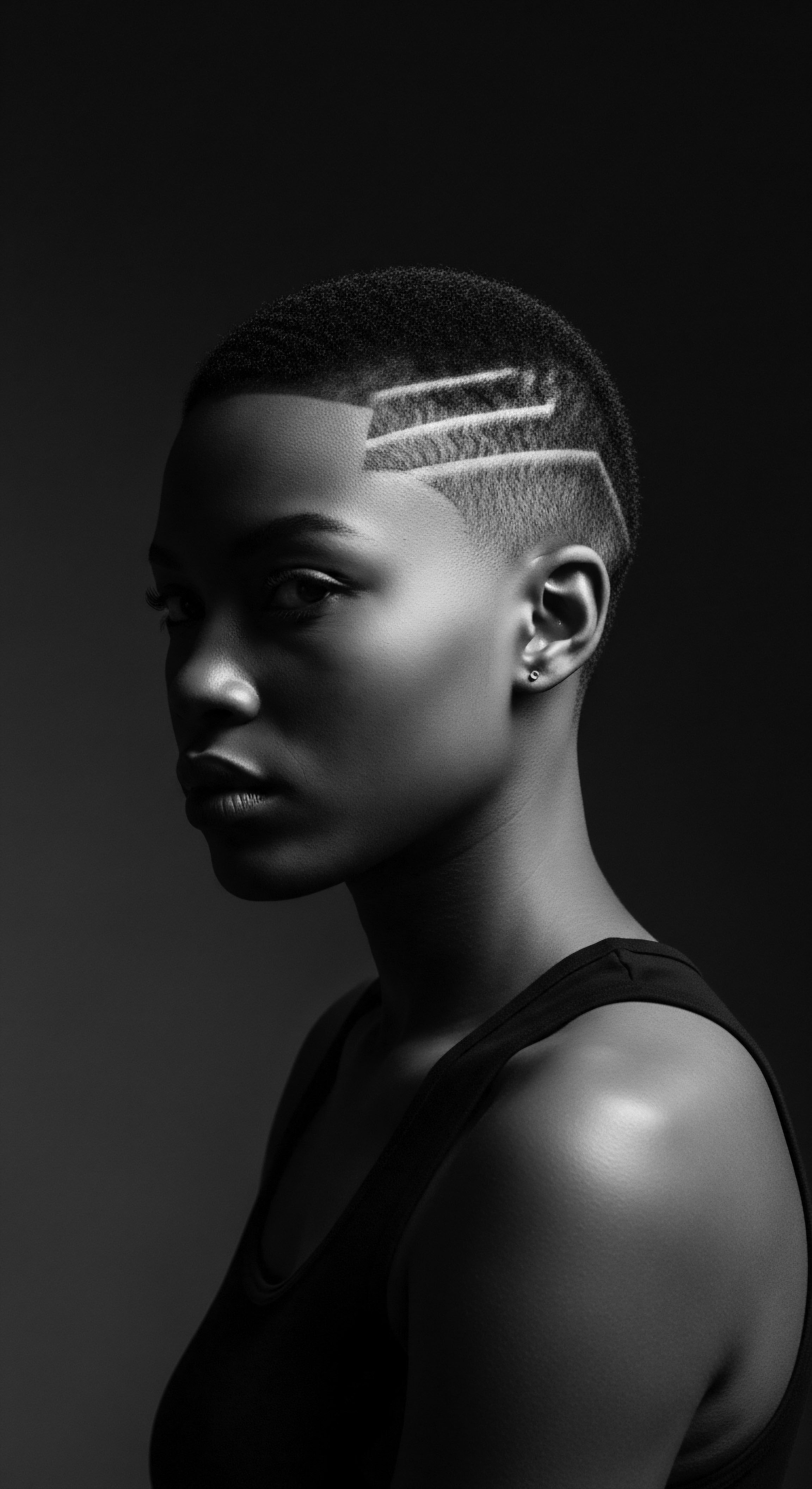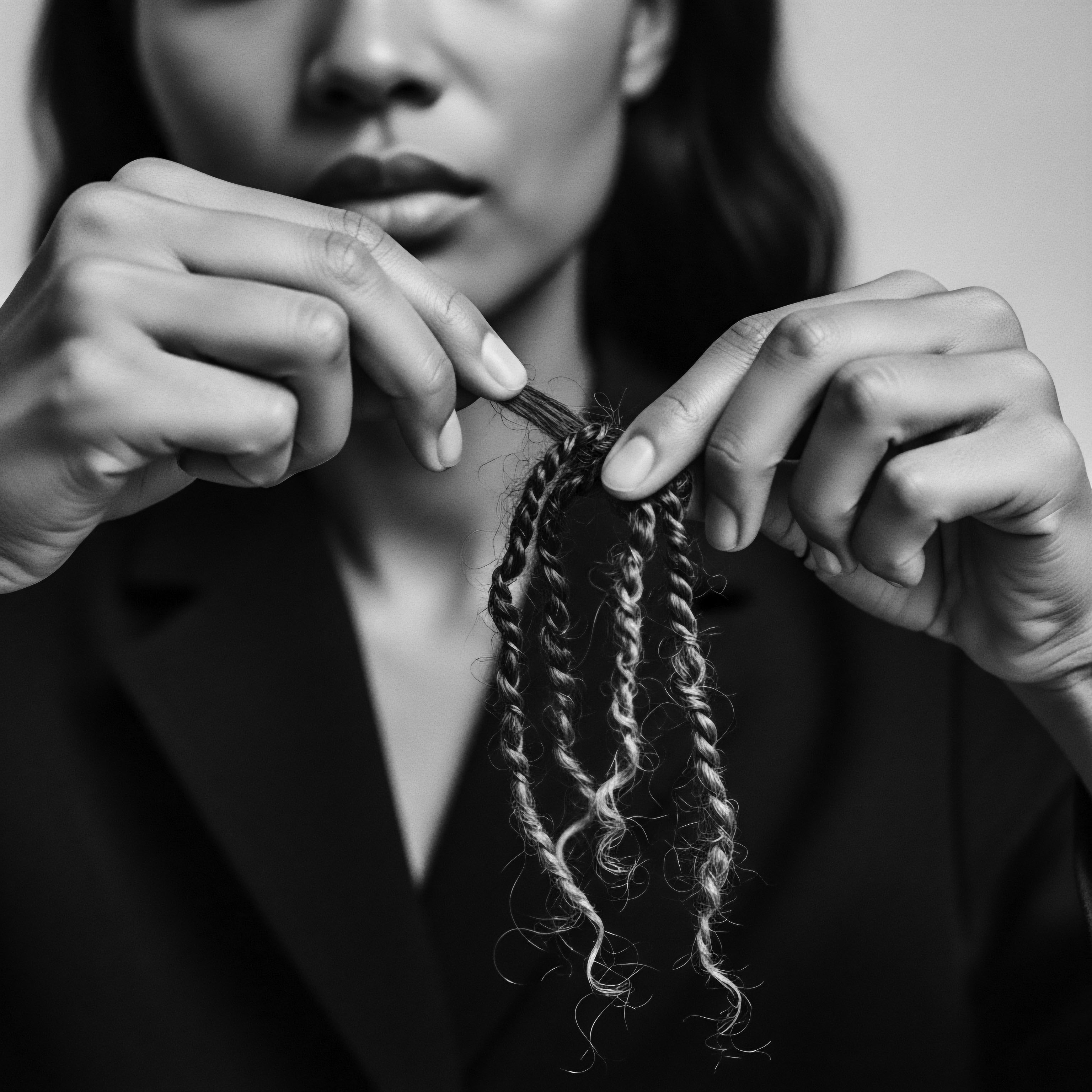
How did ancient Egyptian hair practices relate to modern textured hair care traditions?
Ancient Egyptian hair practices offer a heritage blueprint for modern textured hair care, emphasizing oils, protective styles, and scalp health.
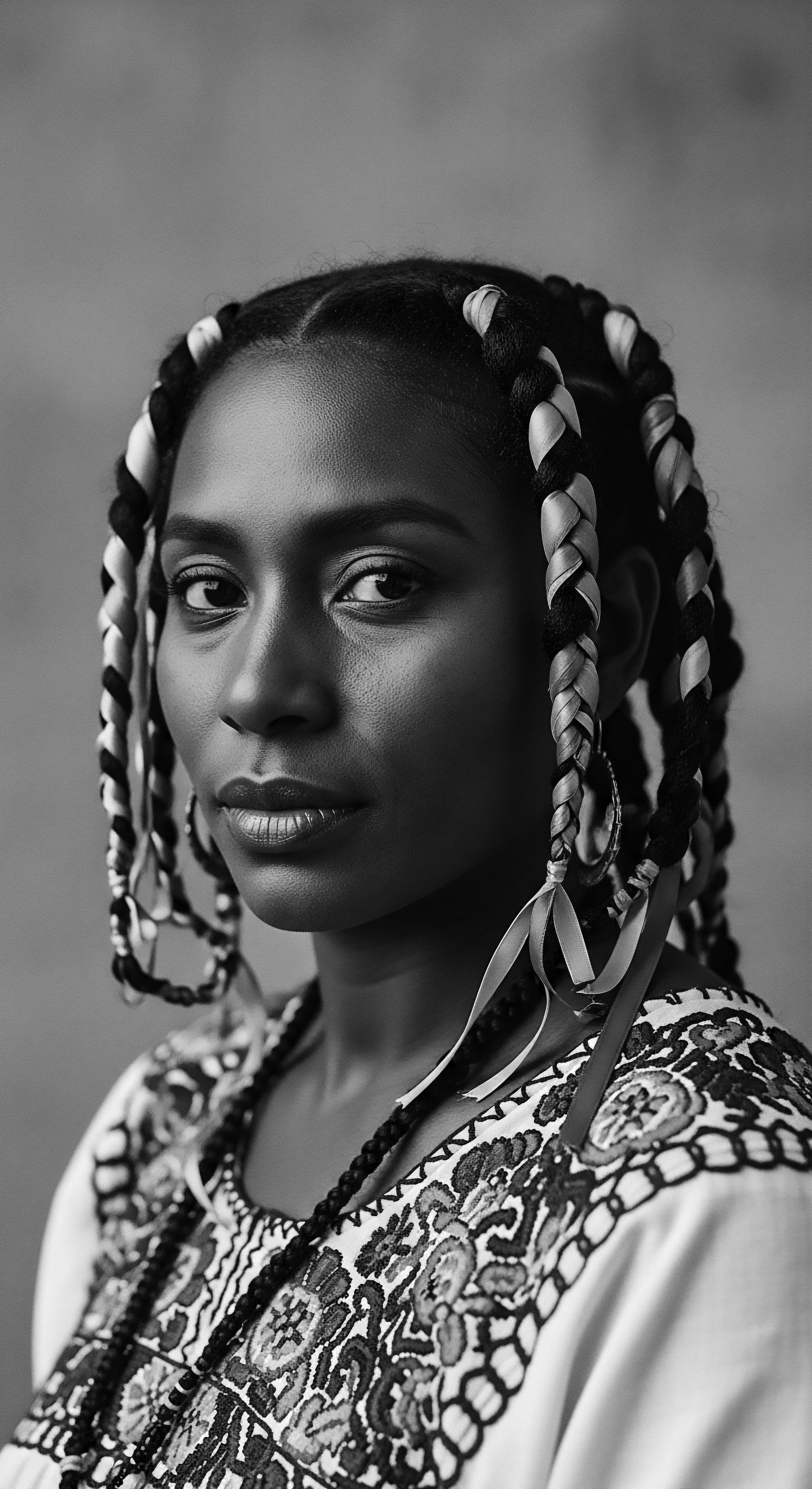
What is the historical significance of henna in Egyptian hair rituals for textured hair?
Henna's ancient Egyptian use for textured hair provided color, conditioning, and cultural meaning, deeply linking beauty rituals to ancestral wisdom and protection.
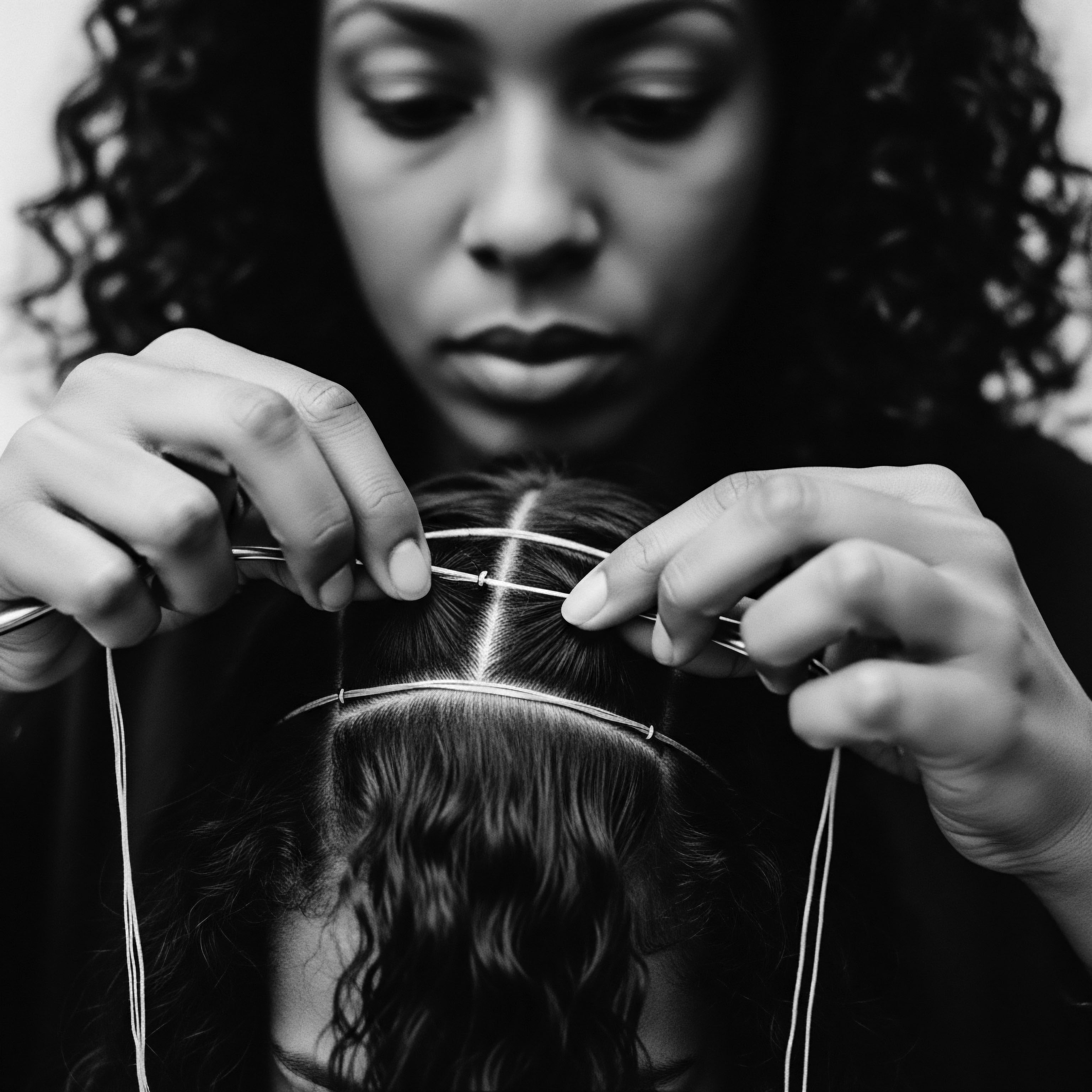
What ancestral practices link ancient Egyptian hair care to today’s textured hair heritage?
Ancient Egyptian practices like protective styling and oiling hair share a heritage with modern textured hair care.
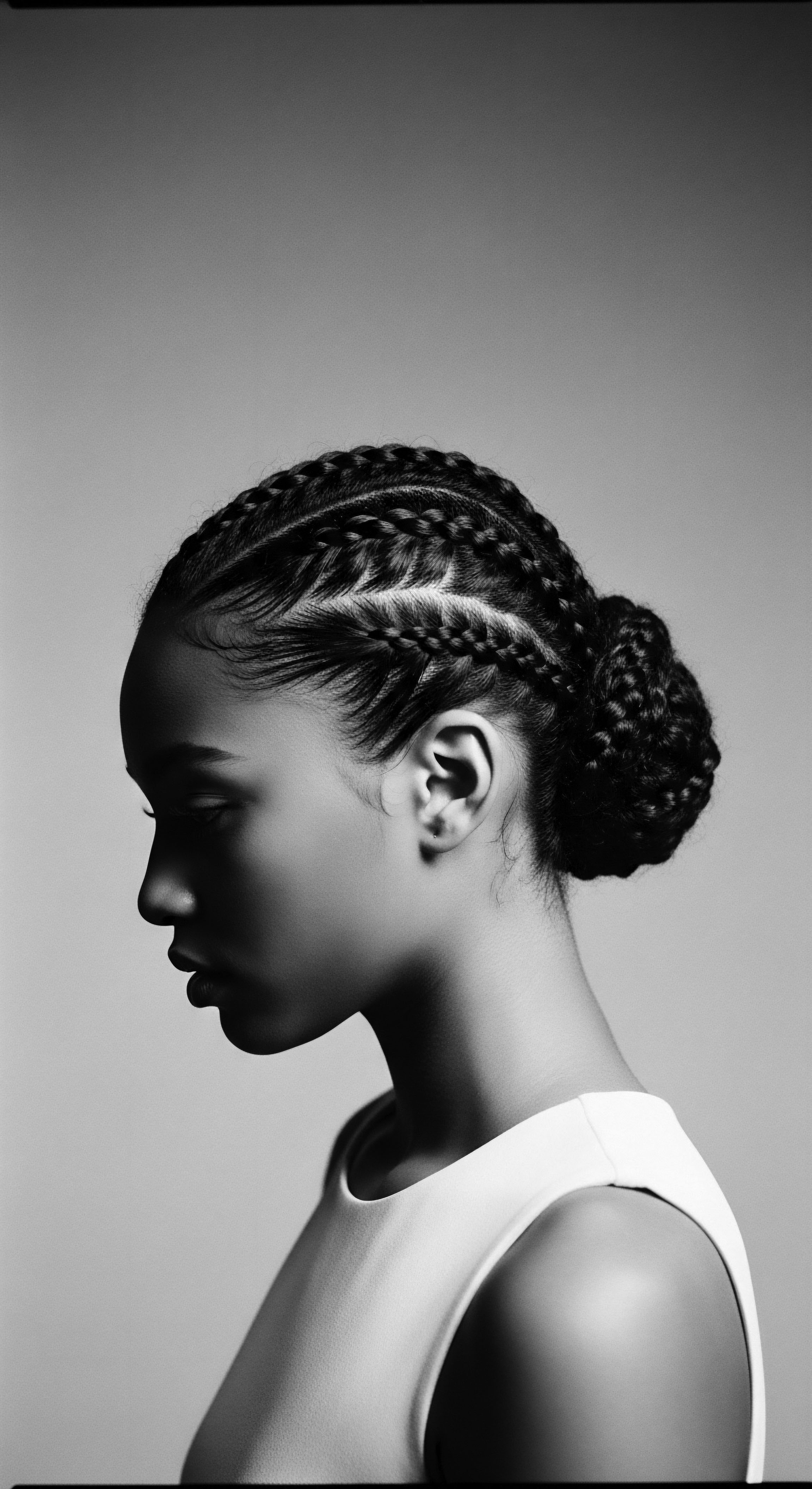
How did ancient communities treat delicate textured hair types?
Ancient communities nourished delicate textured hair with natural oils and herbs, employing protective styles to preserve its heritage and strength.
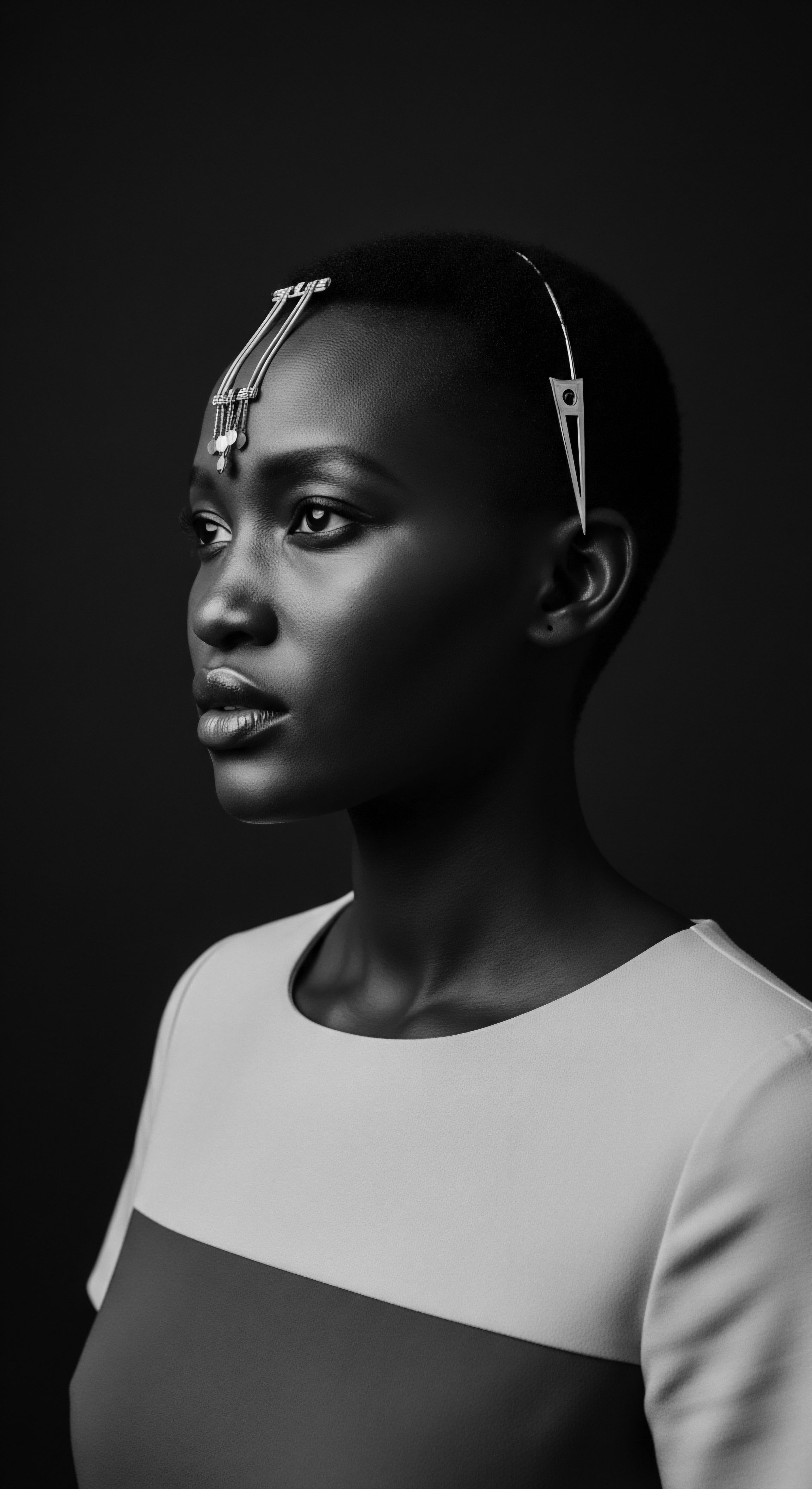
How did ancient Egyptians dye textured hair?
Ancient Egyptians colored textured hair using natural plant-based pigments like henna and indigo, connecting adornment to cultural and spiritual heritage.
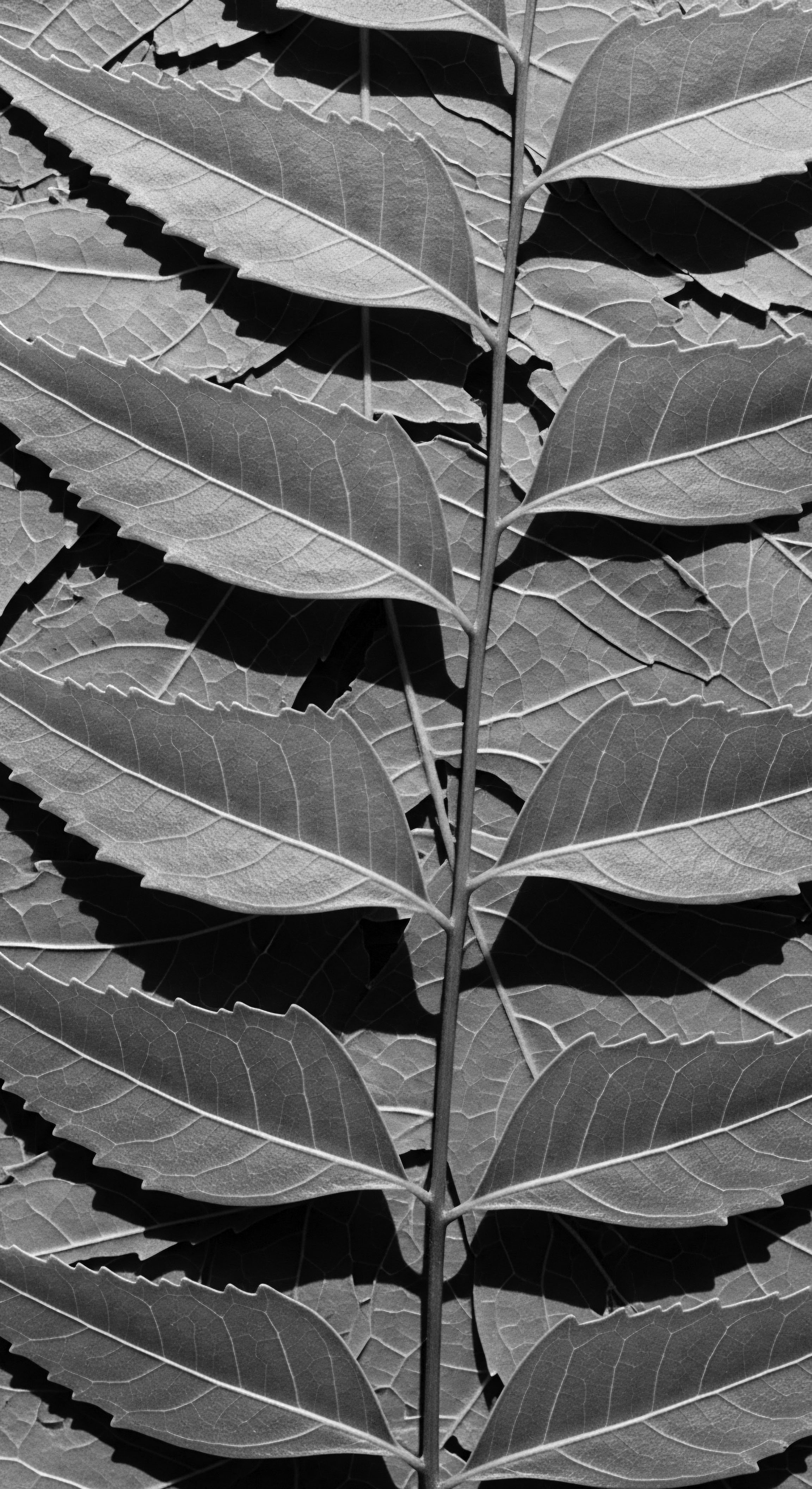
How was textured hair portrayed in ancient art?
Ancient art portrays textured hair as a symbol of identity, status, and spiritual connection, deeply reflecting its heritage in Black and mixed-race cultures.
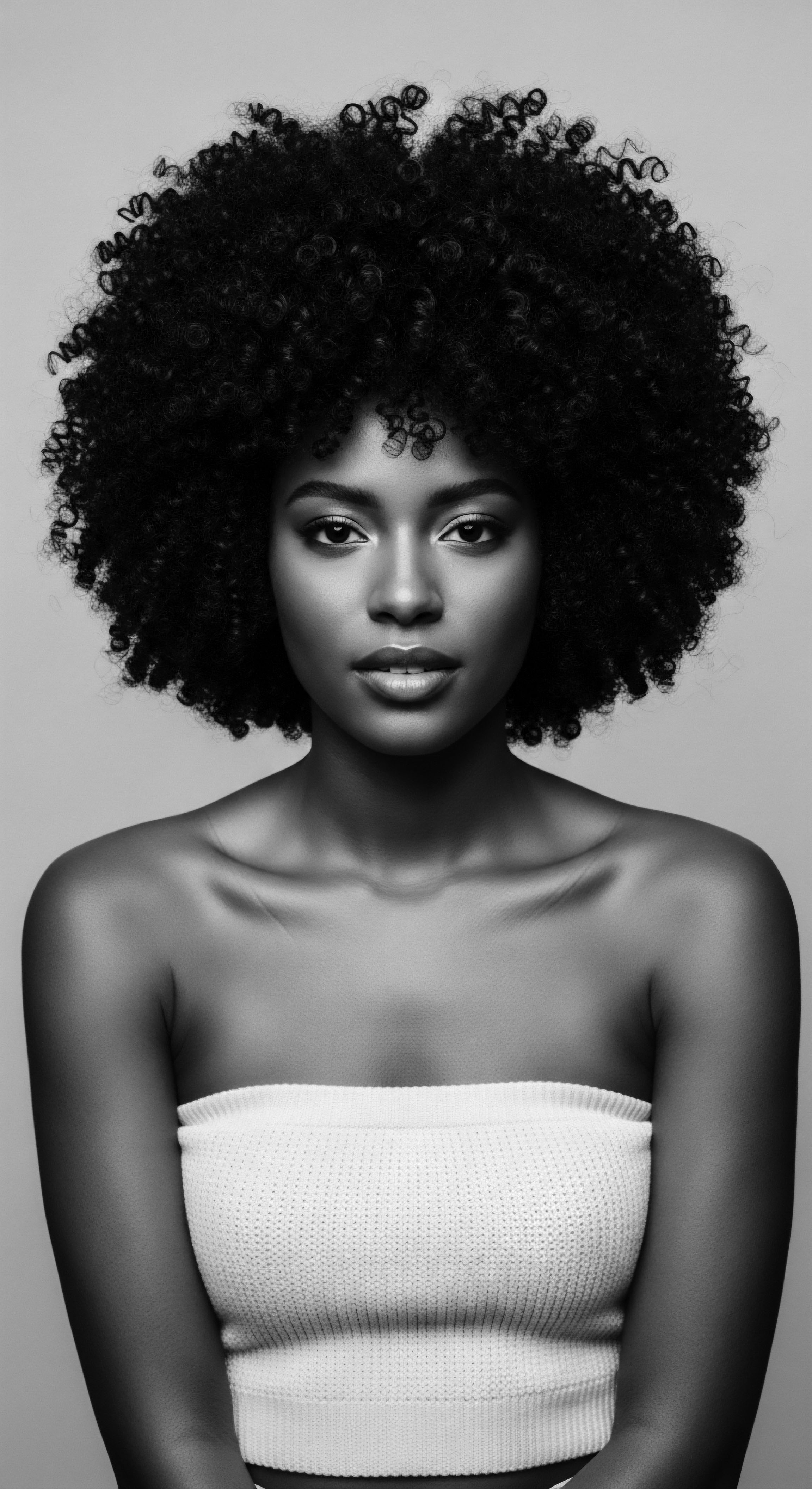
How did ancient societies identify textured hair?
Ancient societies identified textured hair through visual cues, tactile understanding, and by integrating its unique properties into cultural practices and spiritual beliefs, deeply shaping their heritage.
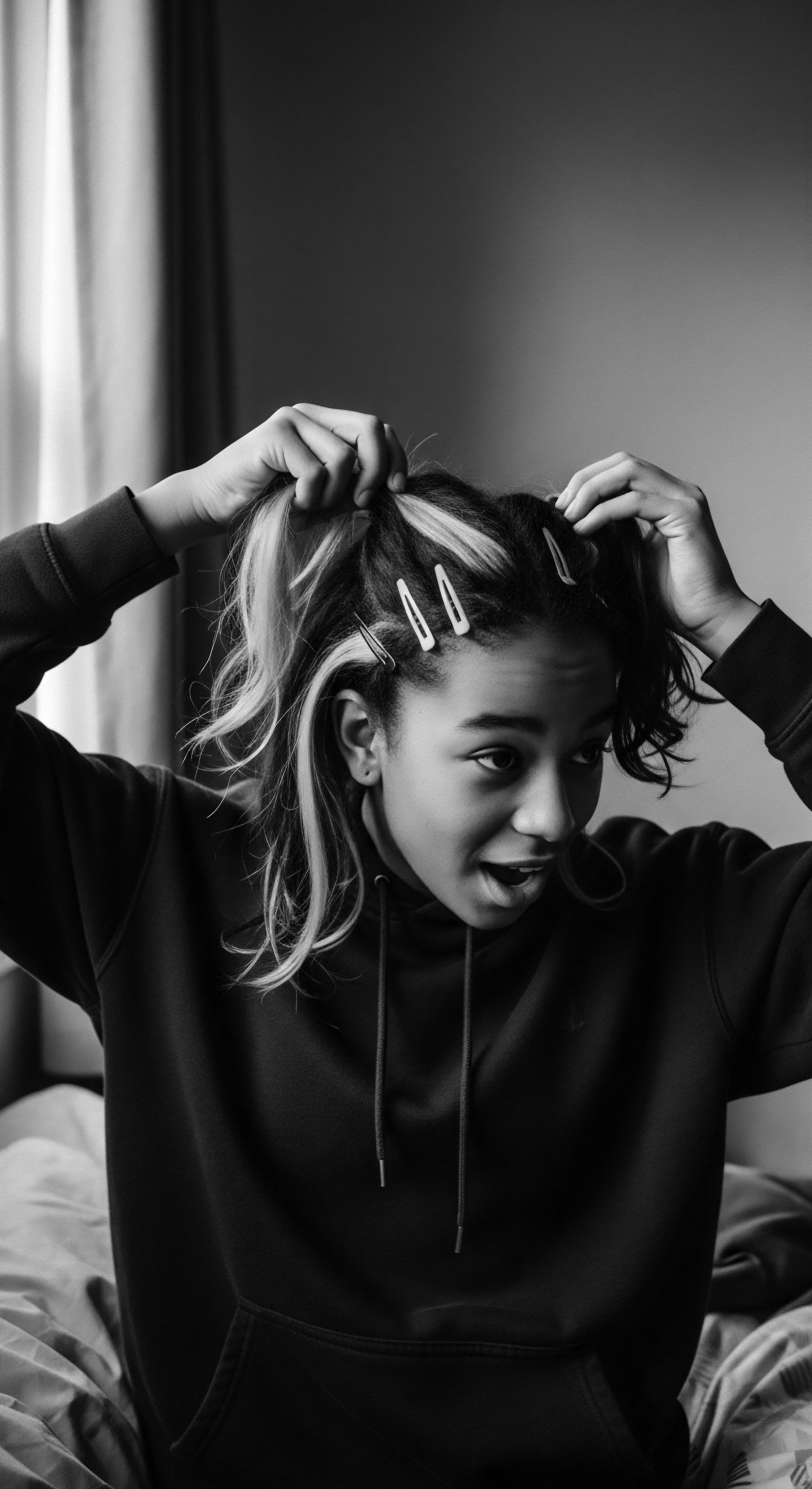
What enduring hair traditions connect ancient Egypt to textured hair communities today?
Ancient Egyptian hair traditions, emphasizing protection, natural ingredients, and symbolic adornment, form enduring links to modern textured hair heritage.
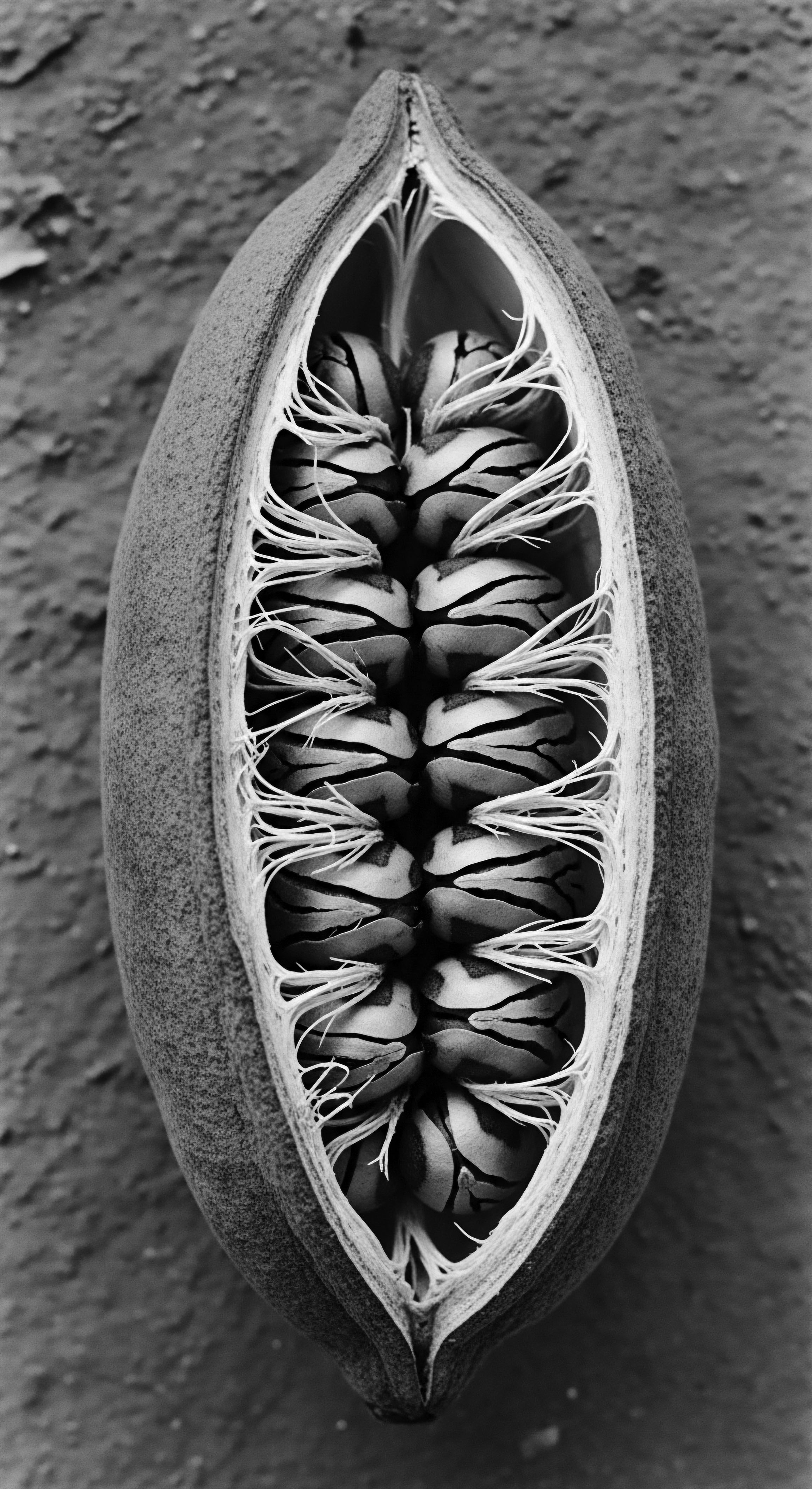
What historical evidence shows ancient civilizations cared for textured hair?
Ancient civilizations, especially African ones, meticulously groomed textured hair, using specialized tools and natural ingredients as symbols of heritage, status, and spirit.
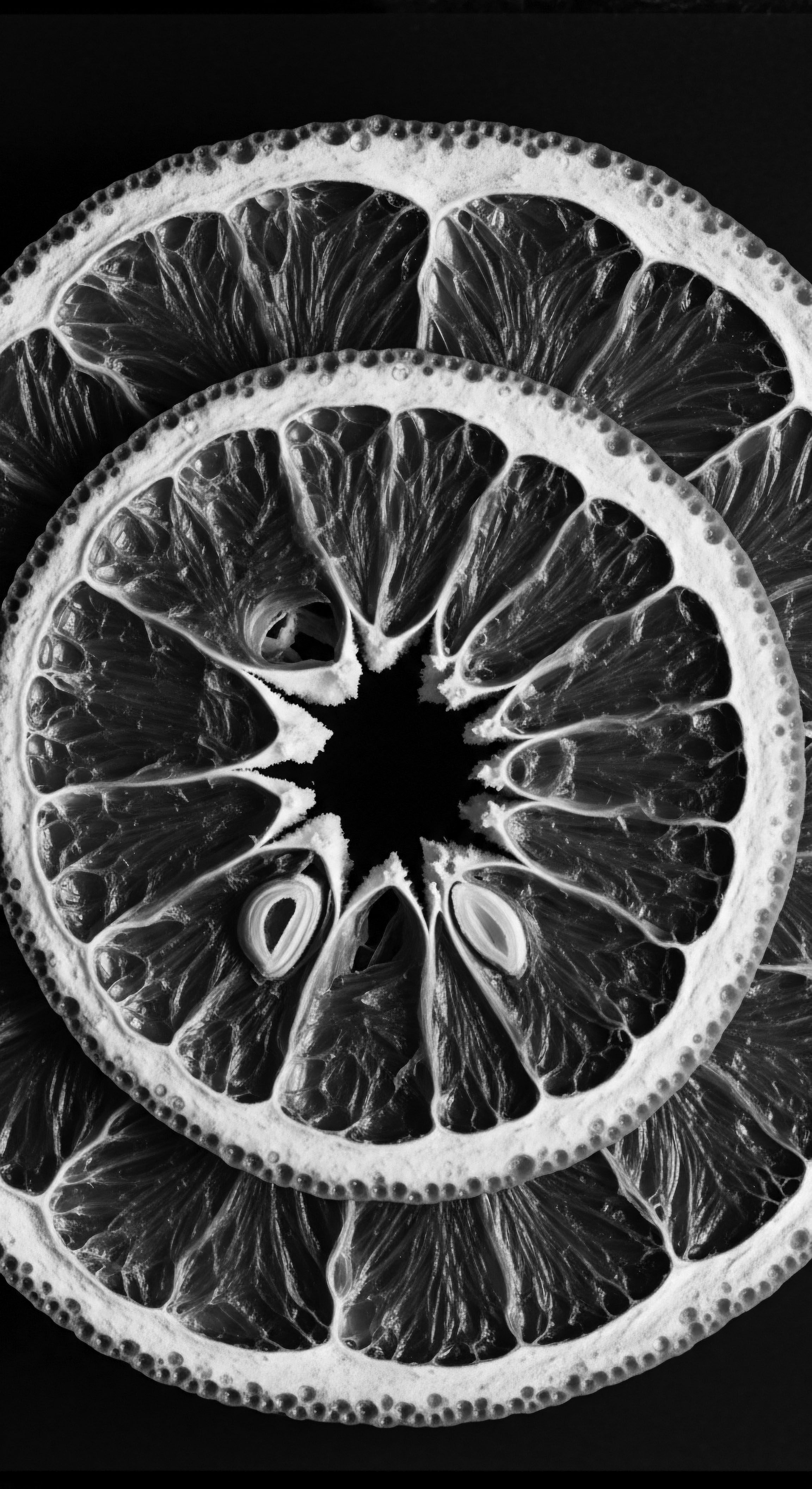
Did ancient Egyptian hair cleansing methods use alkaline substances for textured hair?
Ancient Egyptians utilized alkaline substances like natron and plant ash-oil mixtures for hair cleansing, a practice deeply rooted in their heritage.
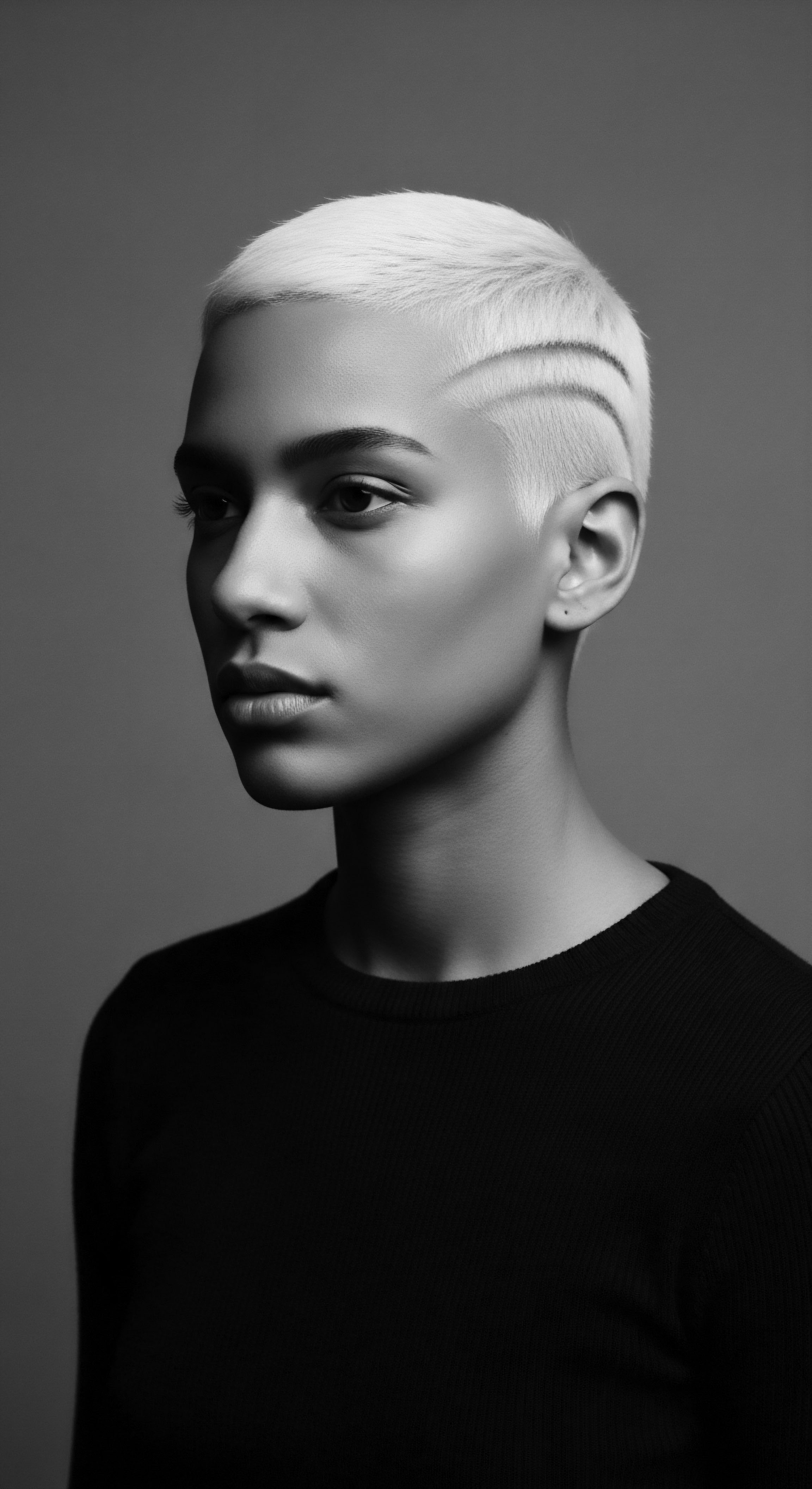
How did ancient Egyptian braiding influence heritage styles?
Ancient Egyptian braiding established protective styling, tool design, and hair's social-spiritual meaning for textured hair heritage.
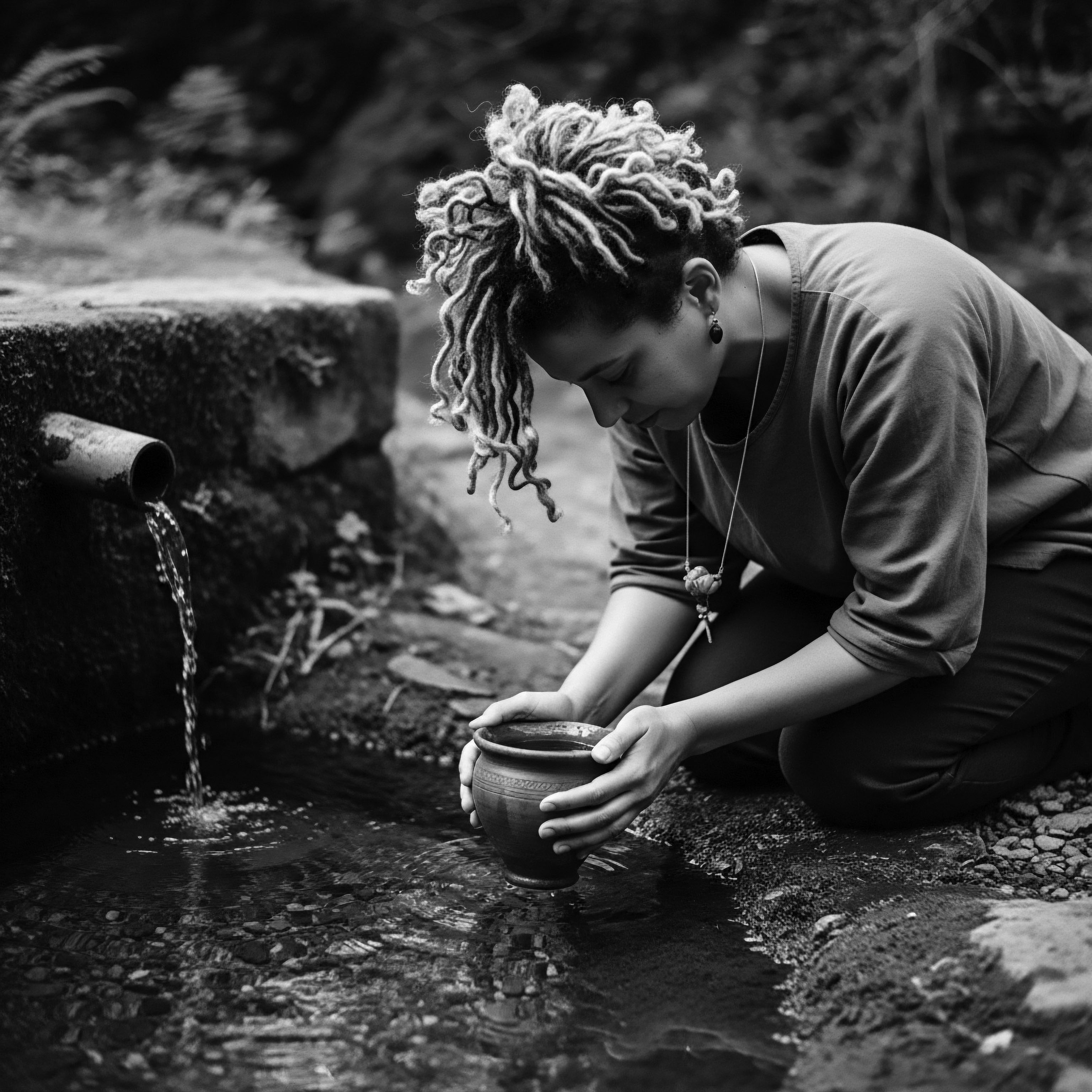
How did ancient Egyptian oils strengthen hair?
Ancient Egyptian oils strengthened hair by providing hydration and protection, a heritage of care particularly beneficial for textured strands.
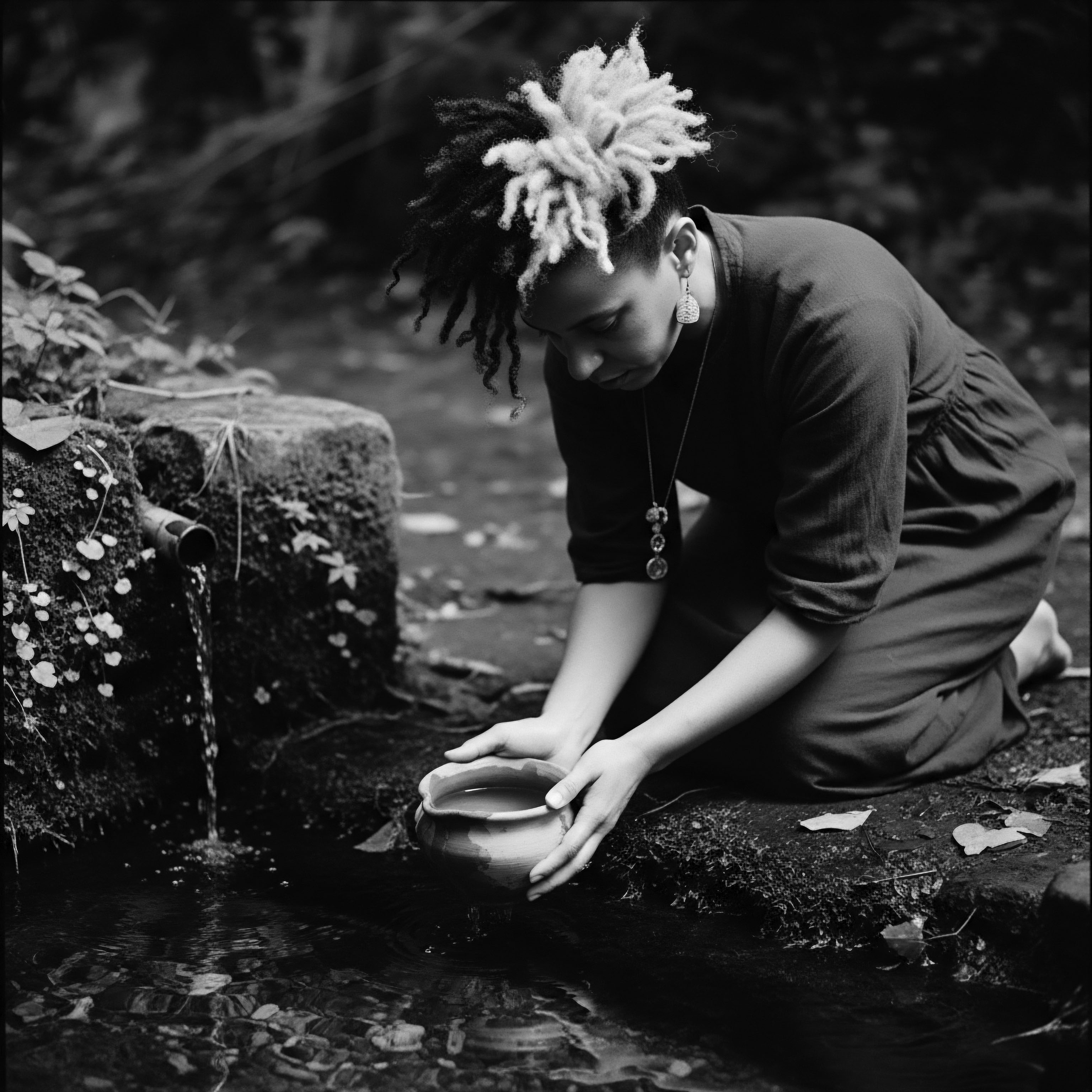
What plant oils supported textured hair in antiquity?
Ancient plant oils supported textured hair by providing deep moisture, protection from elements, and aiding in styling, rooted deeply in ancestral heritage.
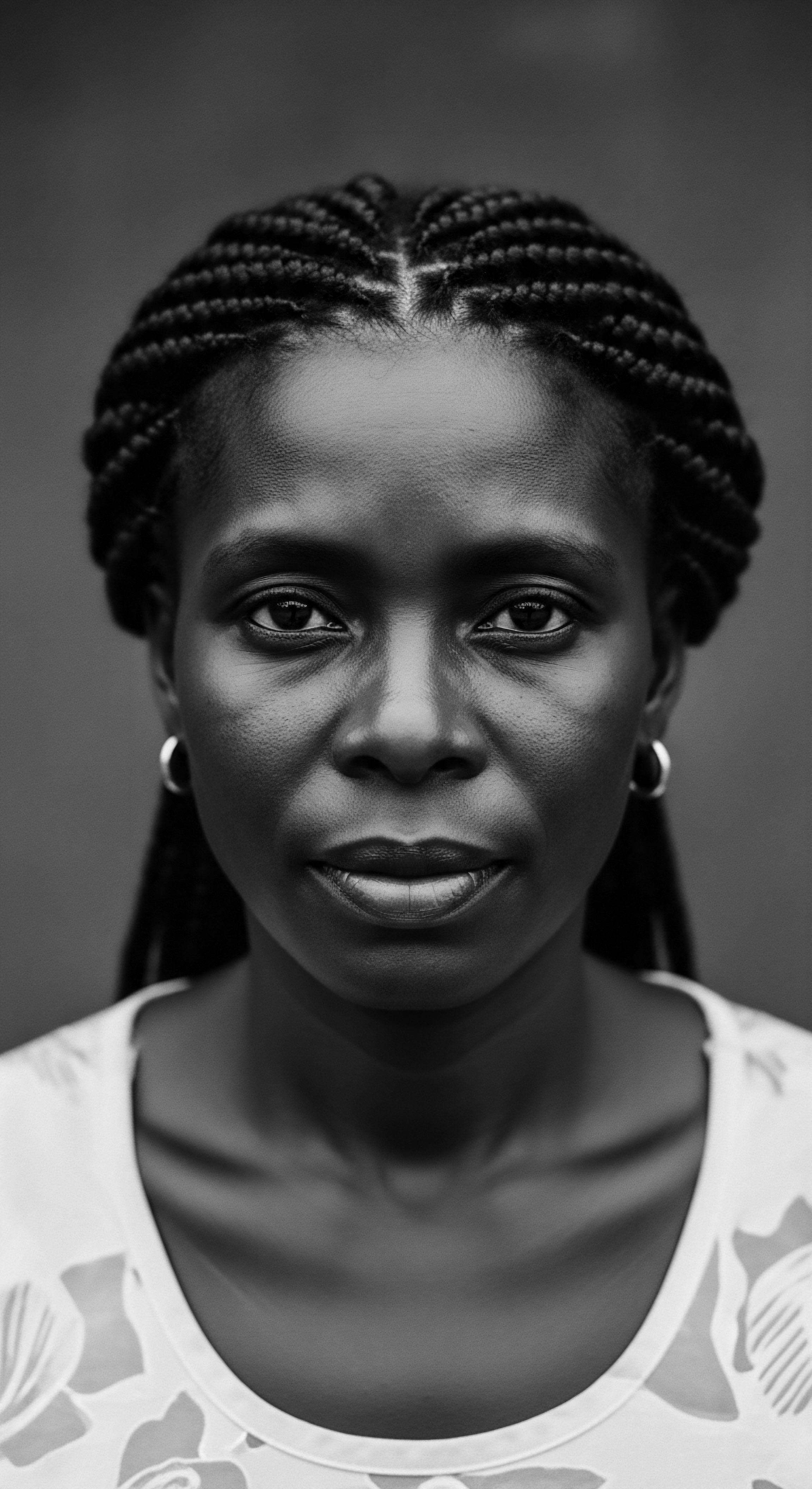
How did ancient Egyptians hydrate textured hair?
Ancient Egyptians hydrated textured hair using natural oils, animal fats, and protective styles, a timeless heritage of moisture preservation.

How did ancient Egyptian oils shape hair care heritage?
Ancient Egyptian oils established foundational principles for textured hair care, prioritizing moisture, protection, and deep cultural connection.
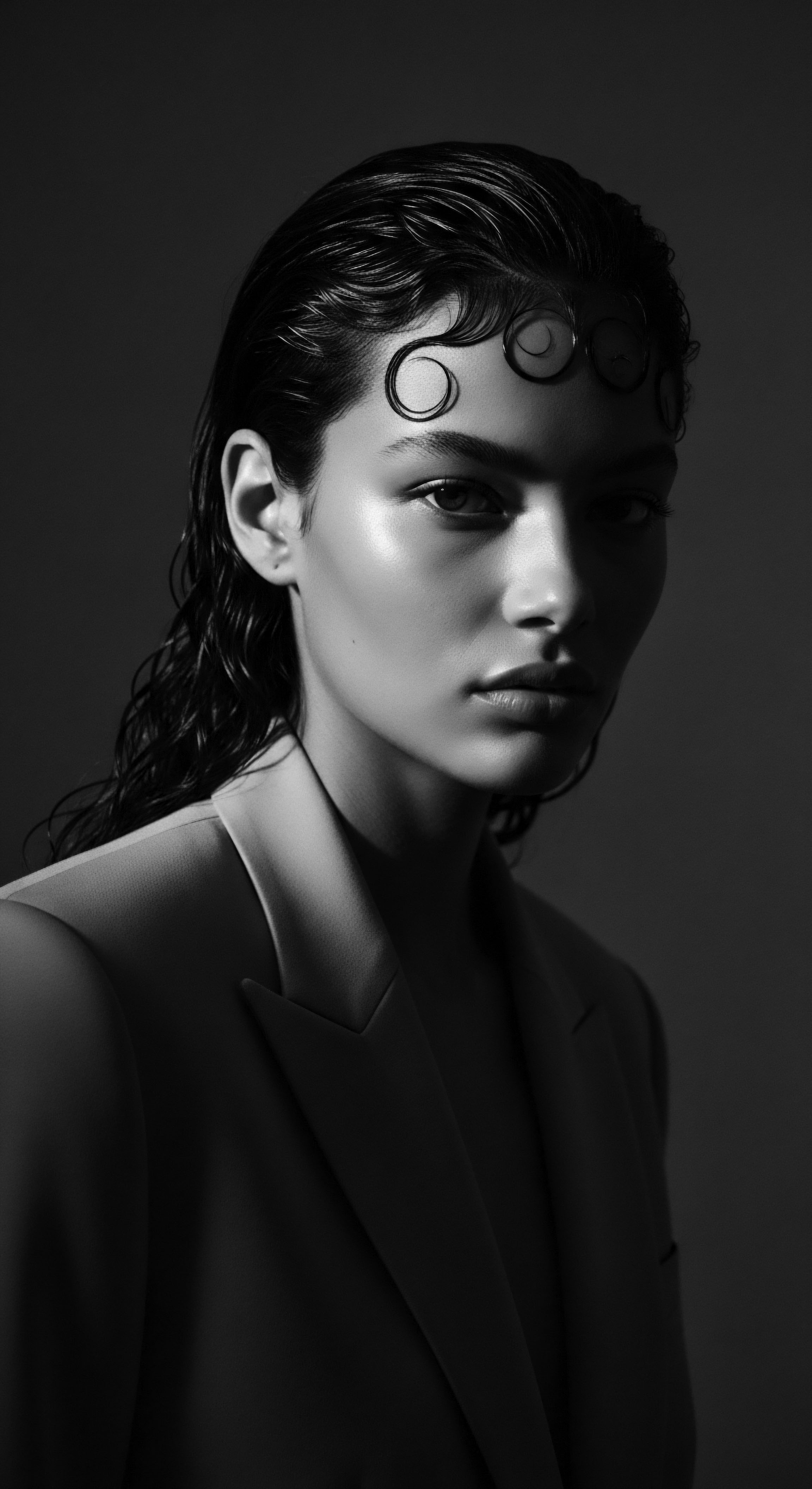
Mediterranean Hair History
Meaning ❉ Mediterranean Hair History explores ancient hair practices, care, and cultural significance across the Mediterranean basin, deeply linked to heritage and diverse hair textures.
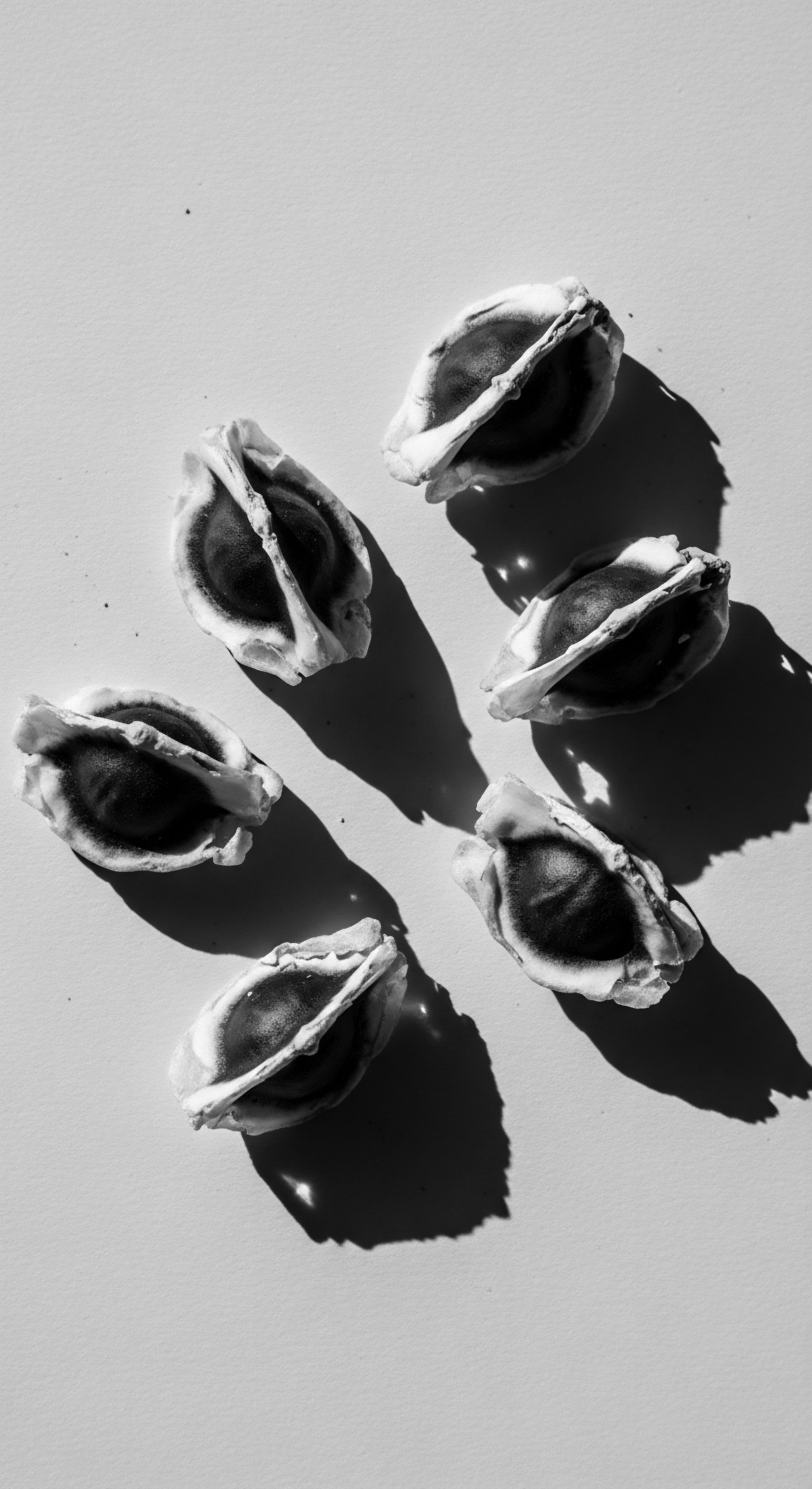
In what ways did ancient Egyptian hair rituals reflect spiritual and cultural beliefs?
Ancient Egyptian hair rituals deeply reflected spiritual and cultural beliefs, linking hair to identity, divine connection, and heritage.

Which oils protected textured hair in ancient North Africa?
Ancient North Africans protected textured hair using oils like castor, argan, pomegranate, and almond, reinforcing a deep heritage of care.
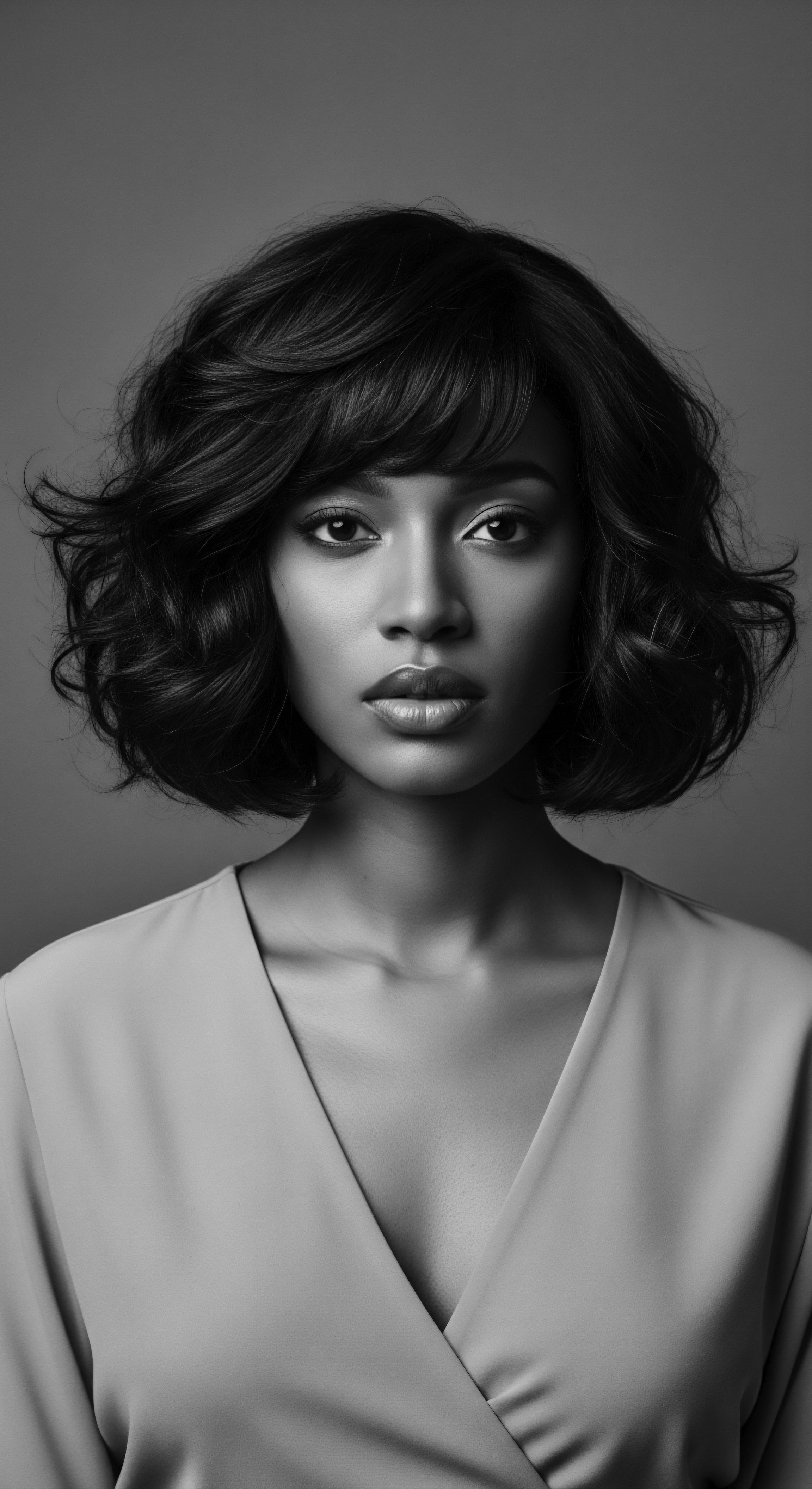
Which ancient cultures prioritized textured hair care?
Ancient Egyptians, Nubians, and various West African societies prioritized textured hair care as a cornerstone of heritage and identity.

How did ancient peoples protect textured hair while sleeping?
Ancient peoples safeguarded textured hair during sleep using protective styles, natural oils, and head coverings, honoring a rich heritage of care.
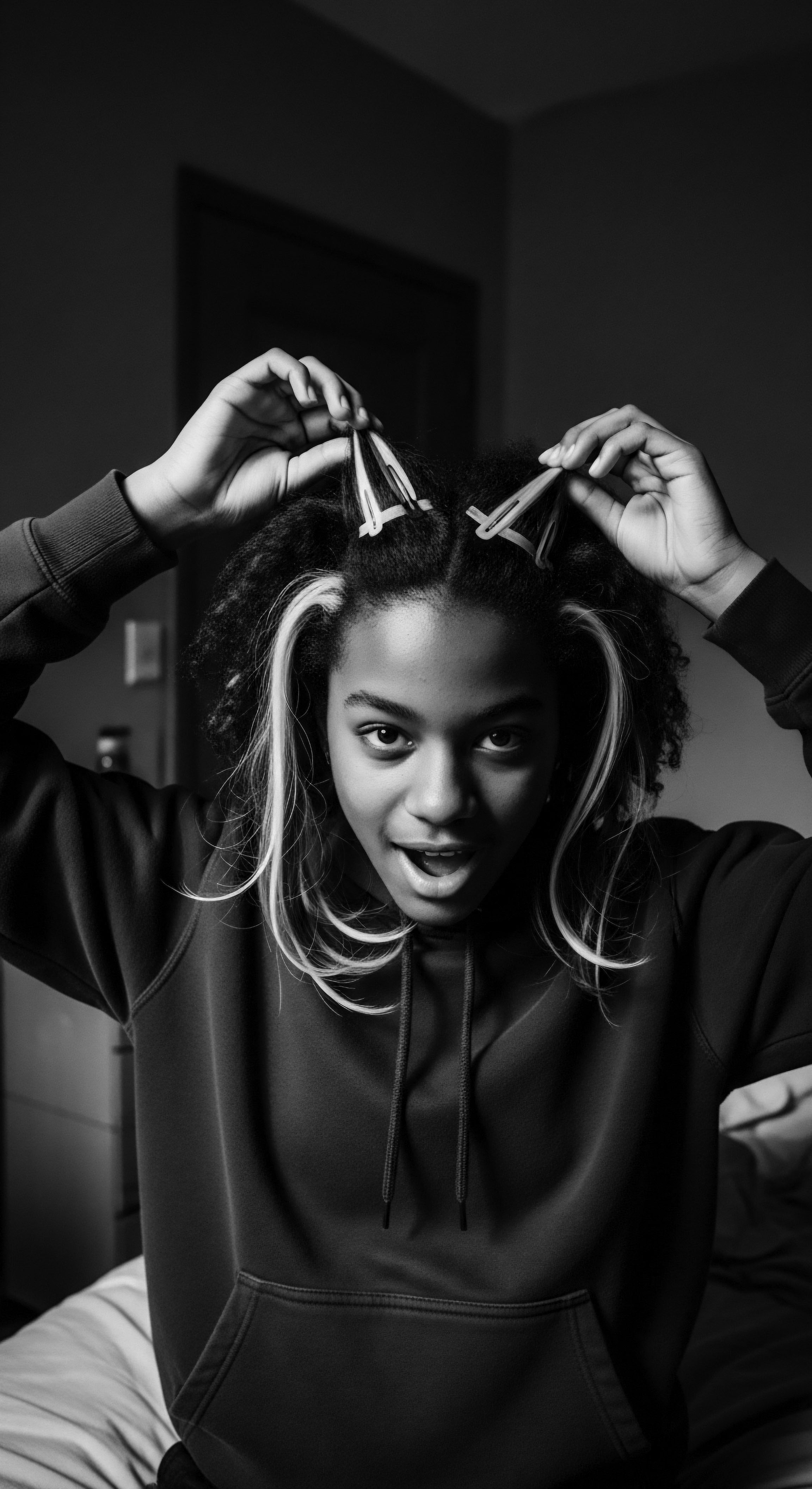
How did ancient societies nourish textured hair?
Ancient societies nourished textured hair using natural ingredients, protective styling, and ritualistic communal practices rooted in deep heritage.
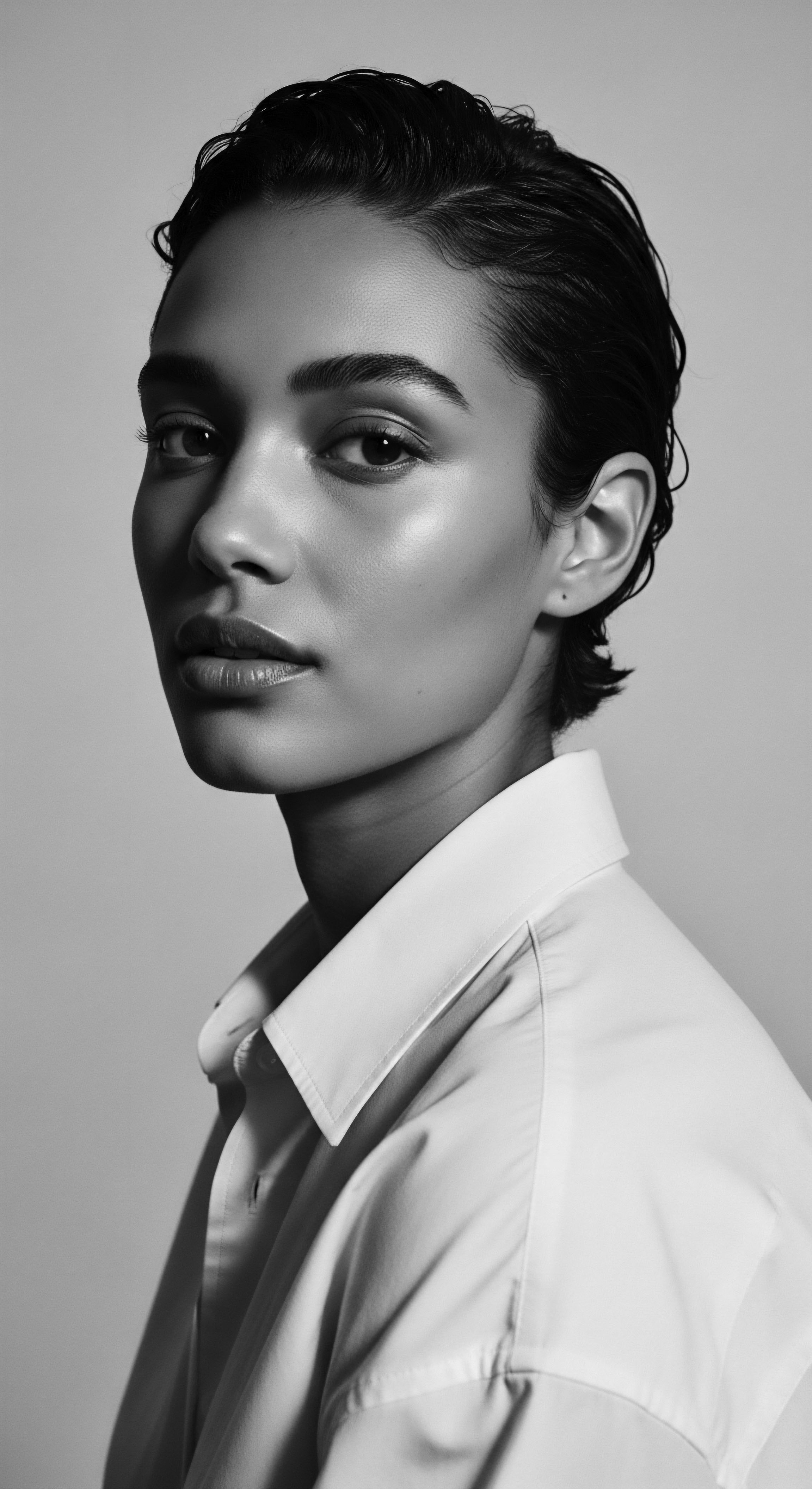
How did ancient communities style textured hair with plant rituals?
Ancient communities styled textured hair with plant rituals, using botanicals for cleansing, conditioning, and defining patterns.
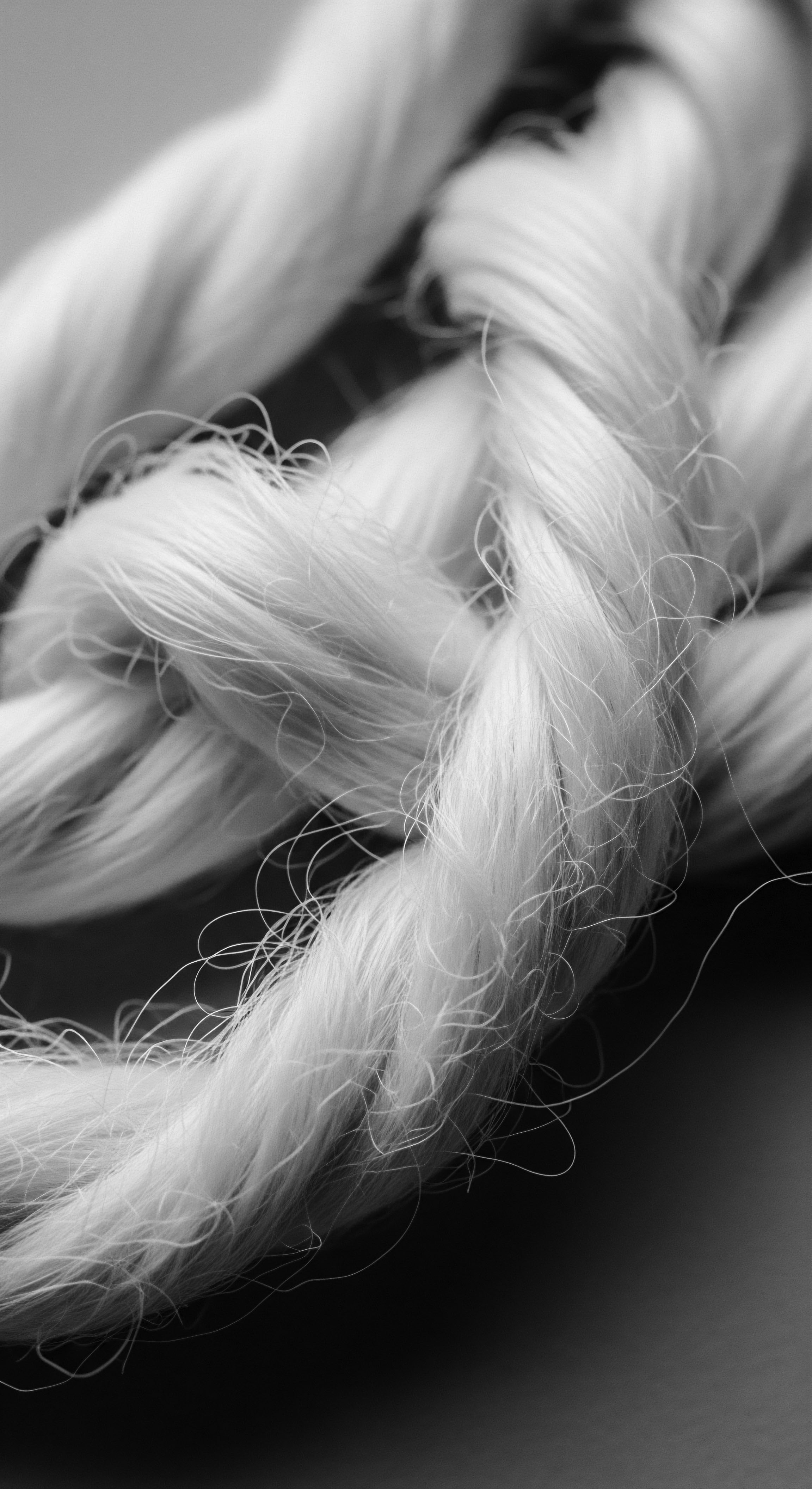
How did ancient headrests protect textured hair?
Ancient headrests protected textured hair by elevating coiffures, reducing friction, and preserving ancestral styles and moisture.

